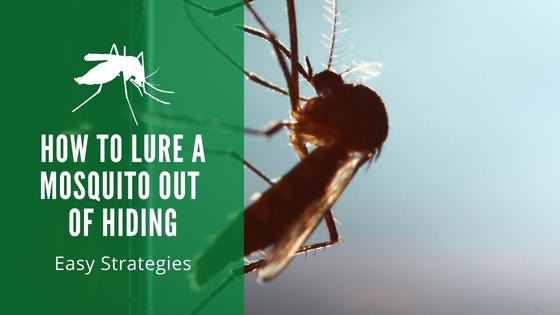Grasshoppers in House

Grasshoppers seem innocent. However, when provoked, they could bite. So how do you get grasshoppers out of your house?
How Do Grasshoppers Get Into Your Home?
Grasshoppers get their names because they hop in the grass. That’s why they’re found mostly in swamps, pastures, fields, and grasslands.
They, however, sometimes get into homes. For instance, you may find one or more in your basement. This may lead you to wonder how they entered since they’re larger than many other pests and aren’t known for being agile and sneaky.
Poor maintenance is often the cause of grasshoppers in your home.
For example, a grasshopper may enter without any problem if you have a damaged screen or window. Damaged weatherstripping and crevices in your foundation are also possible causes.
Besides maintenance issues, grasshoppers could also enter your home underneath a door or through a vent, or through pet doors.
You could also end up with grasshoppers in your home if you leave a garage door open and one enters without you knowing.
What Causes a Grasshopper Infestation?
While it’s easy to wind up with one grasshopper in your home, you may wonder why there’s an entire infestation. Keep in mind that a grasshopper becomes an adult in about 11 months. When the female reaches this age, she’s then able to reproduce.
It’s thought that one female grasshopper may lay around 200 eggs in her lifetime. Therefore, a small infestation can quickly become a large one.
Often, the weather is what plays a role in a grasshopper infestation. They thrive well in hot weather. An infestation is more likely if there are a few summers and falls in a row with hot weather. This is because the nymphs are more likely to survive in this weather.
Getting Rid of Grasshoppers in Your House
Diatomaceous Earth
Diatomaceous earth is a natural substance consisting of fossilized diatoms. You place this powdery substance down, and it sticks to their bodies when the grasshoppers jump through it.
Although it’s not jagged to you, it’s sharp to them and will cut their outsides. Between the dryness of the substance and the fact it damages their exoskeleton, they dehydrate.
Some places to apply this substance is around baseboards or pet doors. Keep in mind that, just like with humans, diatomaceous earth won’t harm your pets like it does insects.
To be safe, it is best not to allow small children or pets to consume large amounts of Diatomaceous earth.
Boric Acid
Boric acid is a popular method to kill insects without the need for toxic products. And this product is easily available in stores in the laundry detergent section.
Once you have it, you merely sprinkle the powder where you believe the grasshoppers would be. The substance will dehydrate the grasshoppers and acts as a stomach poison.
As a precaution, boric acid should only be used in places that children and small pets can access.
Keeping Grasshoppers Out of Your House
You can keep grasshoppers out of your home using a few different methods.
Neem Oil
Neem oil can target an infestation in one of two ways. It contains a substance known as azadirachtin. It’ll work to repel grasshoppers. It also affects their hormones, interfering with their ability to lay eggs. You may find this substance in hardware stores or nurseries.
Pepper Based Spray
Pepper spray is another option you have to get rid of an infestation. Although you may not mind a bit of heat in your food, grasshoppers aren’t partial to peppery scents. Therefore, pepper spray is one method to keep grasshoppers away.

Fortunately, you don’t need to buy actual pepper spray because you can make your own at home. This particular recipe requires jalapeno, ghost pepper, and ground pepper. You’ll need to puree the two whole peppers together and add the ground pepper to the mix with about a cup of water.
Once the mix is done, you’ll transfer it into a spray bottle. Then, you spray it in locations where grasshoppers may enter, such as around places in your home that aren’t sealed.
Grasshoppers don’t seem like a nuisance when they’re outside and hopping around in the grass. However, that can change when they’re inside your home or in a large infestation. Fortunately, there are ways to get rid of these pests. There are also methods to prevent those who don’t want to kill them.




